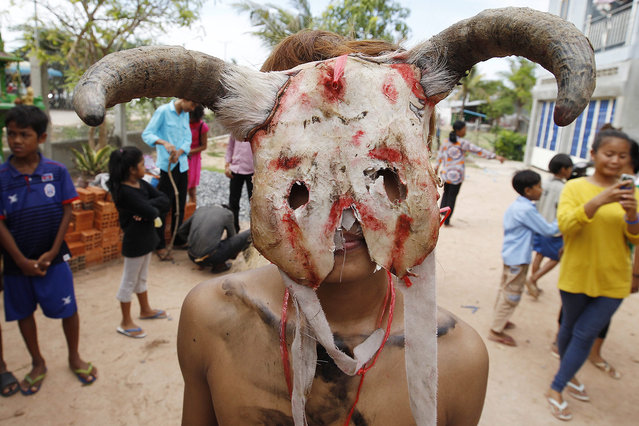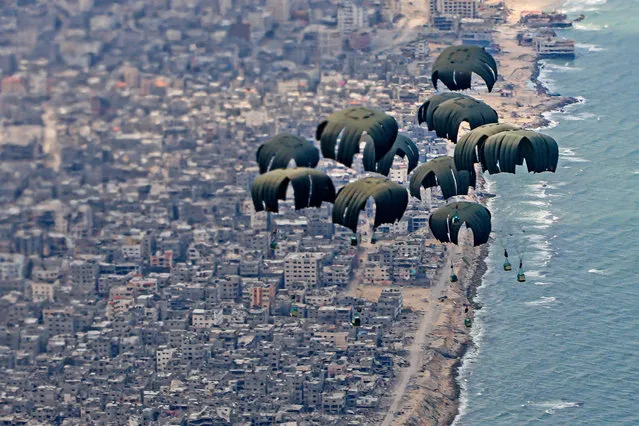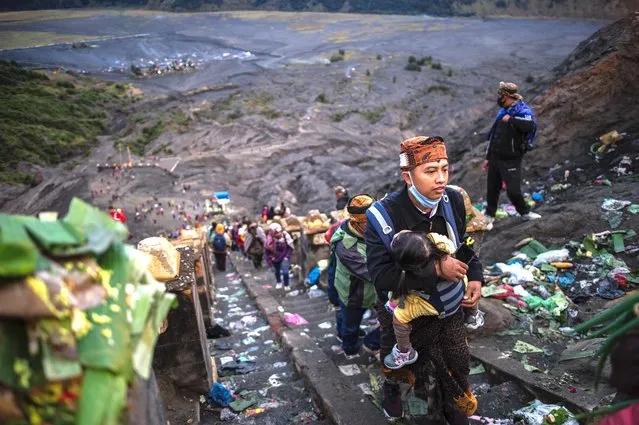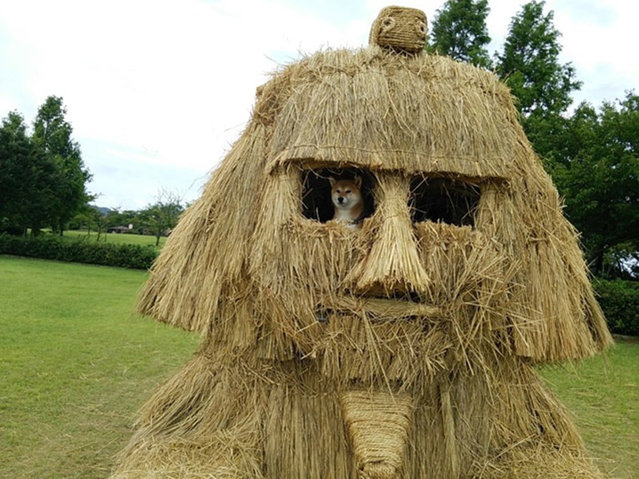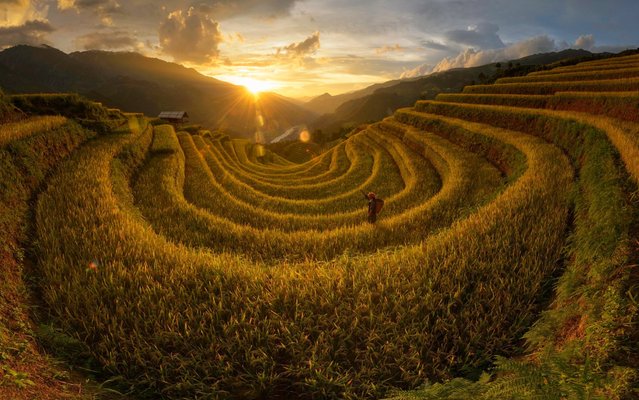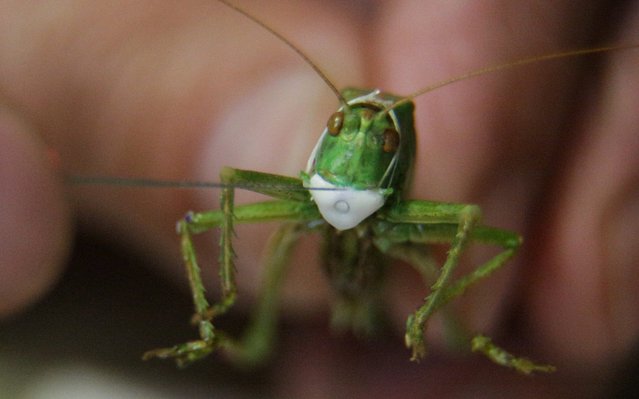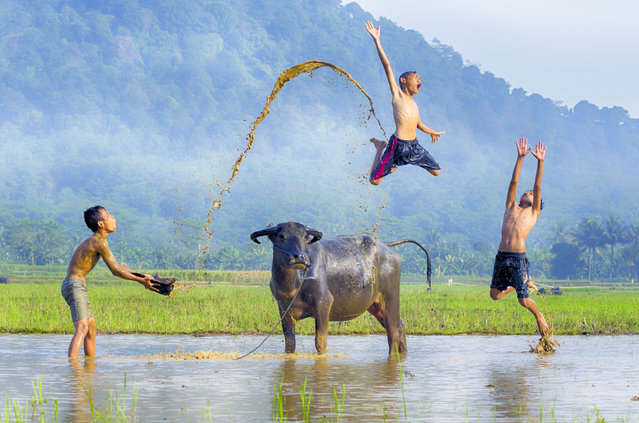
These heartwarming images capture the pure happiness of young children playing with a buffalo in the sweltering Indonesian heat on July 28, 2018. The children are all sons of the farmers who work on the rice farms in the West Java region of Indonesia. Amateur photographer Tamlikho Tam, 46 from Depok in West Java Indonesia snapped up the joyful moment because it shows what a typical childhood should be like without technology. (Photo by Tamlikho Tam/South West News Service)
16 Aug 2018 00:01:00,post received
0 comments

